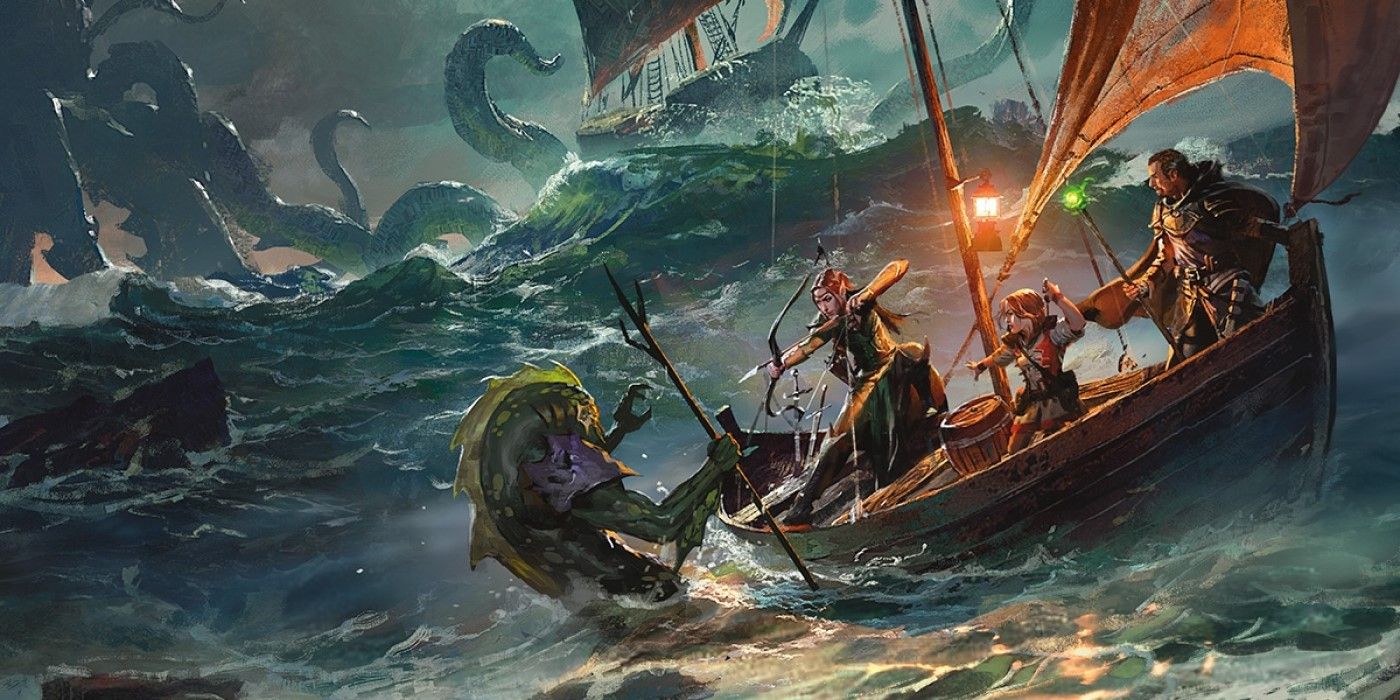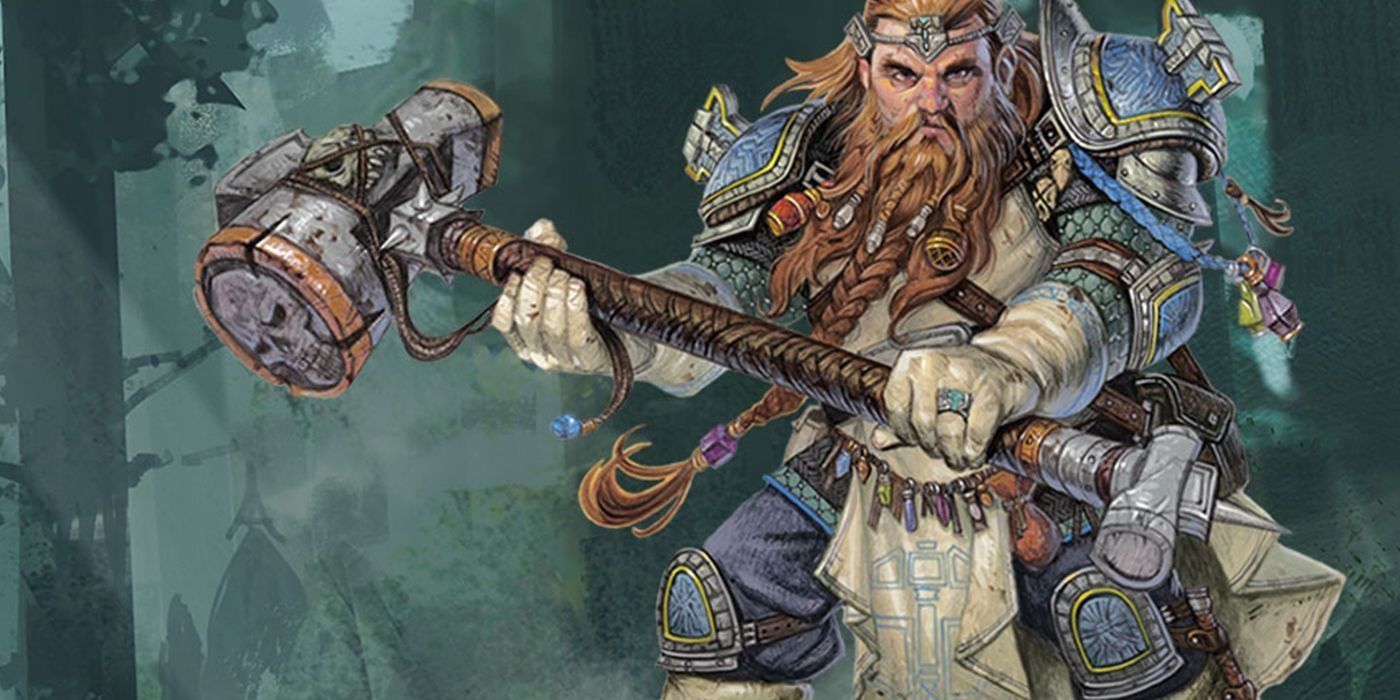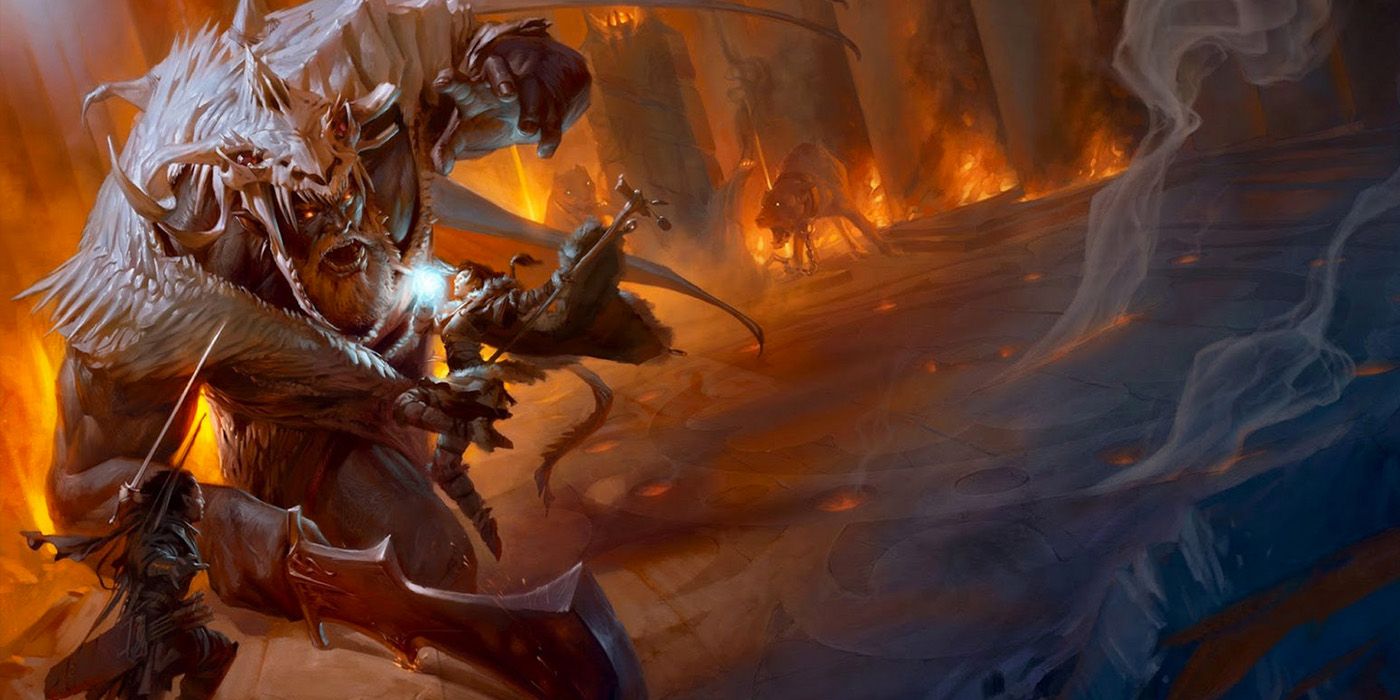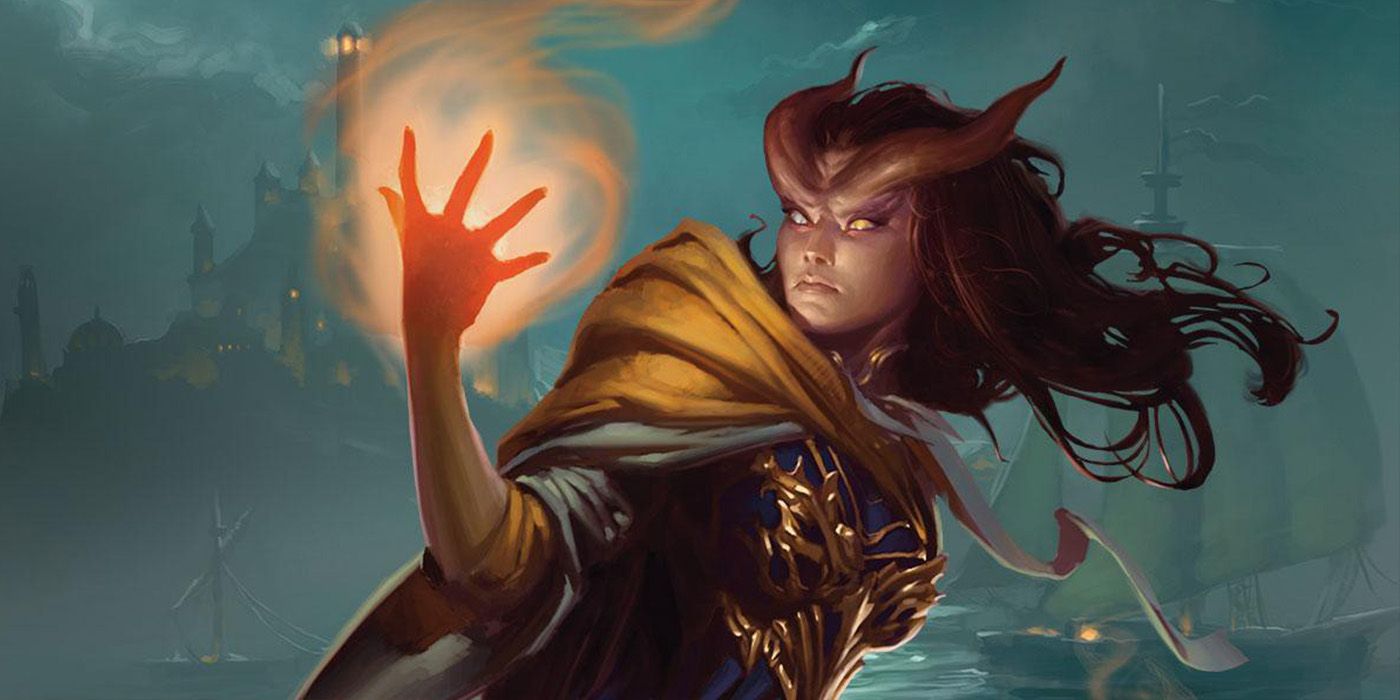Dungeons and Dragons' Fifth Edition was first released for play-testing under the working title of D&D Next way back in 2012. Since then, the game has had numerous official additions, with a steady if infrequent selection of new books and character options. While add-ons such as Xanathar's Guide to Everything may come with a hefty dose of new Subclasses, almost all of them had already been tested by the public in the form of Unearthed Arcana articles. Unearthed Arcana is Wizards of the Coast's play-testing system, a continuation of the public-design philosophy that has driven D&D 5E ever since its first release.
As play-test content, Unearthed Arcana additions are rarely fully balanced, but at the same time, most DMs will allow them provided a player isn't trying to abuse their lack of polish. Eventually, the most popular and successful of these Unearthed Arcana additions will find their way into an official release, hopefully in a far more balanced form. It's quite difficult to say for certain how effective this public play-testing system is, but that hasn't stopped Wizards of the Coast from pumping out dozens of Unearthed Arcana articles over the last few years.
Following a slight drought in these releases toward the end of 2019, Wizards has kicked off 2020 with a host of new Unearthed Arcana Subclasses, each for a different class. Of Fifth Edition's 13 classes, 10 have received new character options over the last few months, greatly expanding the character creation options. With so many new Subclasses to choose from, picking what to try first can be a real challenge. To help players make that all important choice, here's the 3 most powerful and interesting new Subclasses in 2020, and what makes them so special.
Artificer - Armorer
Ever since the first version of the Eberron-inspired Artificer class was announced for Fifth Edition, it has often been known as the Iron Man of Dungeons and Dragons. The Marvel comparison is a fair one, given that the Artificer is the only class in the whole game that devotes itself to the power of technology, albeit magical rather than electrical. The Artificer is also a tinkerer, forever coming up with new devices to enhance their capabilities both in and out of battle.
After 3 years, it seems that Wizards of the Coast is now fully embracing the Iron Man comparison with its latest Artificer subclass. As the name suggests, the Armorer is an Artificer who has dedicated his or her craft to creating a suit of magically-powered armor. This Power Armor has no Strength requirement, can be used as a focus for spell-casting, and can't be removed against the wearer's will.
The Armorer also has the ability to further specialize their suit, switching between two different models over the course of a short rest. The Guardian is a tough, front-line suit with powerful Thunder Gauntlets that force enemies to focus on the Artificer, and the ability to gain Temporary Hit Points with a Bonus Action. As the prime option for an Armorer who plans to wade into melee, the Guardian provides the tools necessary to make the normally quite squishy Artificer into a up-front powerhouse.
By contrast, the Infiltrator model is all about stealth and ranged-combat. The Lightning Launcher is a punchy blaster with great range and the ability to do more base damage to a single target than any other ranged weapon in the game. On top of this, the Infiltrator model also increases its user's walking speed, and removes the Stealth disadvantage that is normally associated with heavy armor. Just like the Thunder Gauntlets, the Lightning Launcher's Attack and Damage are both keyed to Intelligence, which allows the Artificer to focus even more heavily on their class' primary stat.
Given that all these features, as well as proficiency with Smith's Tools, are front-loaded at level 3, the Armorer is going to be a popular pick for multi-classing characters. Wizards in particular have a lot to gain from the increased durability that the subclass offers, and, with their shared Intelligence requirement, won't have to stretch their stats to fit it. In higher levels the Armorer doubles down on its strengths, gaining Extra Attack as well as powerful new abilities for both the Guardian and Infiltrator models.
Barbarian - Path of the Beast
Lycanthropy lovers will be delighted by the addition of the Path of the Beast to 5E's rule-set, allowing Barbarians to channel their rage into a terrifying bestial aspect. As with all Barbarian Subclasses, the driving feature of the Path of the Beast is the way it interacts with the Rage mechanic. When a Path of the Beast Barbarian Rages, they can embrace the beast within and undergo a partial transformation to give them an edge in battle. This transformation can be swiftly-slashing claws, a bite that restores Hitpoints, or a high-damage tail with the Reach property.
By 6th level, the Path of the Beast Barbarian has become even more attuned to their feral spirit, and begin to gain aspects of its power outside of combat. At the end of each short or long rest, the Barbarian can choose a passive benefit from a list of three that mirrors the abilities of a beast. This can either be a swimming speed and the ability to breathe underwater, a climbing speed and the ability to hang onto any surface without a check, or a super-charged jump.
These features offer something that official Barbarians are often severely lacking, and that's utility outside of battle. With few skills and fewer out-of-combat Class Features, many Barbarian players will have experienced the disappointment of being unable to do anything cool until swords start swinging. These Bestial Soul abilities go some way to filling this void, and giving the Barbarian a way to be useful to the party that doesn't involve their capacity for violence.
In the later levels the Path of the Beast Barbarian gains further enhancements to their combat abilities. At 10th level, they can infect an enemy with a flash of bestial rage, forcing them to attack a target of the Barbarian's choosing, or take psychic damage. Finally the capstone Feature of the subclass comes at level 14, and allows the Barbarian to spread their rage to their allies, gaining Temporary Hitpoints and Advantage against being Frightened, while the raging allies gain the Reckless Attack Barbarian Class Feature.
Monk - Way of Mercy
The idea of a healing-focused Monk is hardly new to Dungeons and Dragons, but it has taken quite a while to be introduced into 5E. It does seem an obvious step, given the Monk's cross-culture relationship to the Cleric, and the healing powers attributed to Ki in our own world. Well, it's now possible with the new Way of Mercy subclass, bringing masked Monk-healers into the world of Fifth Edition.
The Way of Mercy kicks off at 3rd level with Proficiency in either Insight or Medicine, as well as both the Herbalism and Poisoner's Kits. The latter is the first hint that the Way of Mercy isn't solely dedicated to healing, but rather to all the effects that Ki can have on a living body, both positive and negative. This is also reflected in the Subclass' primary 3rd level Features, Hands of Healing and Hands of Harm.
Hands of Healing allows the Monk to touch and heal allies or themselves at the cost of one Ki point. This touch can even be performed as part of a Flurry of Blows, with no additional Ki cost. Hands of Harm reverses the Feature, allowing the Monk to expend Ki to add extra Necrotic damage to an attack. While Hands of Harm normally only deals one Martial Arts Die worth of damage, this number triples if the target is either incapacitated or poisoned. Overall this makes for a very strong, if situational, damage boost, which is made far more reliable by the Subclass' level 6 Feature.
Noxious Aura is the final negative-Ki Feature of the Way of Mercy, and allows the Monk to project an aura of toxic miasma for the cost of 1 Ki. This aura lasts for a minute, and any creature that starts its turn within it must pass a Constitution Saving Throw or take damage and become Poisoned. The aura also imposes disadvantage on all ranged attacks against the Monk, adding to the class' survivability.
Capping off the Way of Mercy's healer abilities are the 11th level Healing Technique, which allows the Monk to cure diseases and status effects with Hands of Healing, and the 17th level Hand of Mercy. This ultimate technique of the Way of Mercy gives the Monk the ability to put a creature into a catatonic state for weeks at a time, rendering them paralyzed but immune to all damage, and with any curse, disease or poison effects suspended. This Ki-stasis gives the appearance of death to both physical inspection and spells, making the Hand of Mercy an interesting and unique ability both in and out of combat.
It'll most likely be a long time before players see a final release of any of the Subclasses above, but that doesn't mean that there isn't more official content on the way. The recently released Explorer's Guide to Wildemount is the first official book in a while that doesn't contain any publicly play-tested content, despite the fact it adds three new Subclasses. It's worth remembering too that all the Unearthed Arcana content from the last year may still be in the works at Wizards of the Coast, being polished up for the next official Dungeons and Dragons release.




